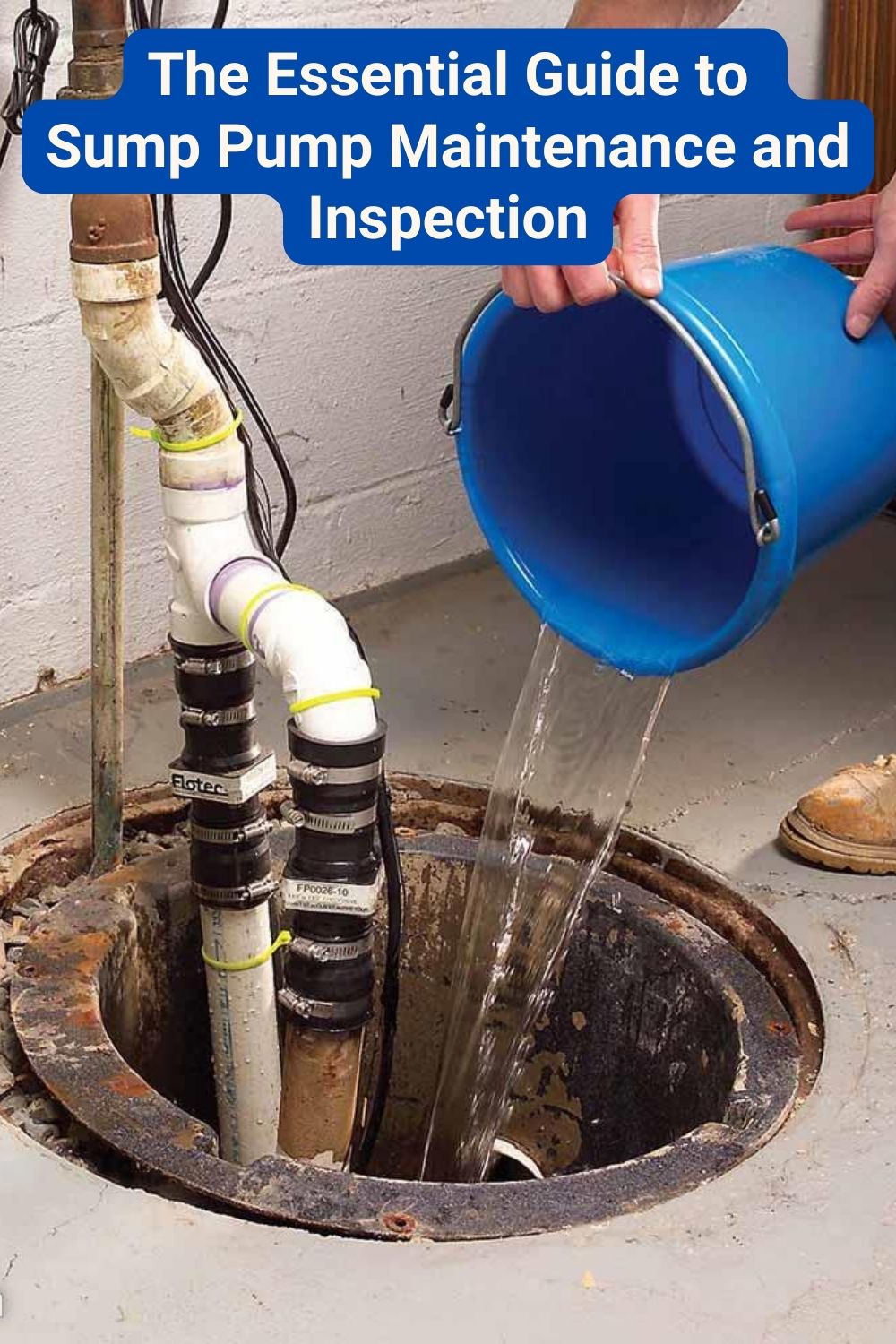Proper ventilation of a garage is critical for maintaining air quality, controlling temperatures, and protecting property. With no windows to help with ventilation in place, finding enough ventilation may prove challenging – that is why this blog post presents three simple steps to effectively ventilate windowless garages efficiently – we hope we help revitalize their enclosed spaces as much as possible!
Proper ventilation of a garage is vital to keeping air quality high, maintaining humidity levels effectively, and avoiding harmful fumes from building up in its air space.
To adequately ventilate a garage without windows, several options exist to bring fresh air in – installing an exhaust fan, using a portable air conditioner or dehumidifier, and adding vent or ducting systems that connect directly with walls or doors are just three examples of ways.
By following these simple steps, you can learn how to ventilate a garage with no windows and ensure the safety of your property.
If you have questions about other aspects of your home’s HVAC system or a specific unit, you can rely on the team at Autumn Air to help you find the answer.
How to Ventilate a Garage With No Windows — 3 Simple Steps
Adequate ventilation in garages with no windows is vital to ensure air quality and humidity levels while also preventing the build-up of harmful fumes; its importance increases in windowless garages due to no natural air exchange via windows.
Under-ventilated garages may become breeding grounds for carbon monoxide produced from vehicle exhaust or fuel-powered equipment used inside, potentially creating health concerns if exposed for extended periods. Furthermore, insufficient airflow could leave walls and insulation materials damp for too long, leading to mold growth which triggers allergies and respiratory conditions in exposed individuals.
Stuffy garages that contain stagnant air often produce unpleasant odors from various sources like old paint cans, gasoline-powered tools, or damp clothing that has yet to completely dry – creating conditions in which it becomes challenging to complete projects or spend time in the garage without negatively affecting productivity and mood.
Following are three simple steps for ventilating a garage without windows:
Install a Garage Exhaust Fan
Installing an exhaust fan is one of the best ways to ventilate a garage without windows. A garage exhaust fan removes stale air while providing fresh air from outside; decide on its placement (usually the ceiling or high up on one of the walls), connect power sources nearby, and allow access to vent out excess air outside.
Utilize a Portable Air Conditioner/Dehumidifier
Another simple yet effective approach is using a portable air conditioner or dehumidifier explicitly designed to regulate humidity in closed spaces like garages that lack adequate ventilation.
Consider dual-function units that act as air coolers and dehumidifiers to simultaneously cool temperature while extracting excess moisture to improve overall air quality while improving temperature regulation – look out for models equipped with wheels for easy mobility throughout your garage space.
Add a Vent or Duct to an Existing Wall or Door
Increase ventilation in your windowless garage by adding vent or duct systems to an existing wall or door, such as cutting a hole in it and inserting vent or duct systems. Before proceeding, ensure compliance with local building codes regarding ventilation systems for residential garages; alternatively, consider hiring professional assistance if your DIY skills lack confidence.
Congratulations! Now you know how to ventilate a garage with no windows. If you have any other questions about the process, don’t hesitate to reach out to your local HVAC service provider.
Conclusion
Proper ventilation in a garage without windows is vital to maintaining air quality and temperature regulation by following these simple steps outlined above (such as installing an exhaust fan or adding vents).





Leave a Reply